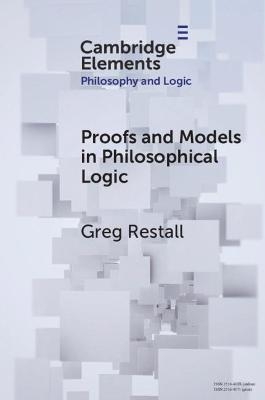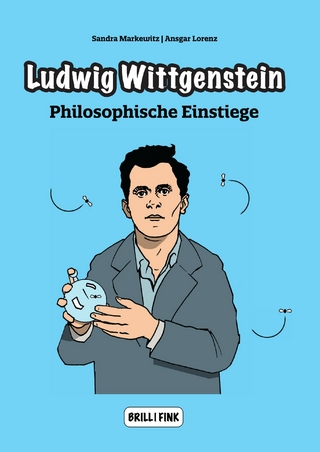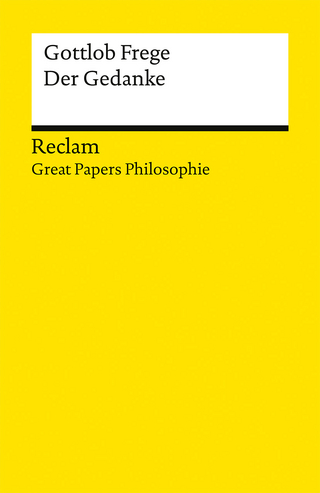
Proofs and Models in Philosophical Logic
Seiten
2022
Cambridge University Press (Verlag)
978-1-009-04538-4 (ISBN)
Cambridge University Press (Verlag)
978-1-009-04538-4 (ISBN)
This Element is an introduction to recent work proofs and models in philosophical logic, with a focus on the semantic paradoxes the sorites paradox. It introduces different proof systems and different kinds of models for a range of logics, as well as compares and contrasts the different approaches to substructural treatments of the paradox.
This Element is an introduction to recent work proofs and models in philosophical logic, with a focus on the semantic paradoxes the sorites paradox. It introduces and motivates different proof systems and different kinds of models for a range of logics, including classical logic, intuitionistic logic, a range of three-valued and four-valued logics, and substructural logics. It also compares and contrasts the different approaches to substructural treatments of the paradox, showing how the structural rules of contraction, cut and identity feature in paradoxical derivations. It then introduces model theoretic treatments of the paradoxes, including a simple fixed-point model construction which generates three-valued models for theories of truth, which can provide models for a range of different non-classical logics. The Element closes with a discussion of the relationship between proofs and models, arguing that both have their place in the philosophers' and logicians' toolkits.
This Element is an introduction to recent work proofs and models in philosophical logic, with a focus on the semantic paradoxes the sorites paradox. It introduces and motivates different proof systems and different kinds of models for a range of logics, including classical logic, intuitionistic logic, a range of three-valued and four-valued logics, and substructural logics. It also compares and contrasts the different approaches to substructural treatments of the paradox, showing how the structural rules of contraction, cut and identity feature in paradoxical derivations. It then introduces model theoretic treatments of the paradoxes, including a simple fixed-point model construction which generates three-valued models for theories of truth, which can provide models for a range of different non-classical logics. The Element closes with a discussion of the relationship between proofs and models, arguing that both have their place in the philosophers' and logicians' toolkits.
1. Context; 2. Proofs; 3. Models; 4. Connections.
| Erscheinungsdatum | 11.04.2022 |
|---|---|
| Reihe/Serie | Elements in Philosophy and Logic |
| Zusatzinfo | Worked examples or Exercises |
| Verlagsort | Cambridge |
| Sprache | englisch |
| Maße | 152 x 228 mm |
| Gewicht | 160 g |
| Themenwelt | Geisteswissenschaften ► Philosophie ► Logik |
| ISBN-10 | 1-009-04538-5 / 1009045385 |
| ISBN-13 | 978-1-009-04538-4 / 9781009045384 |
| Zustand | Neuware |
| Haben Sie eine Frage zum Produkt? |
Mehr entdecken
aus dem Bereich
aus dem Bereich
ein Gegenentwurf zum kurzfristigen Denken : so werden wir zu den …
Buch | Hardcover (2023)
REDLINE (Verlag)
CHF 27,90


